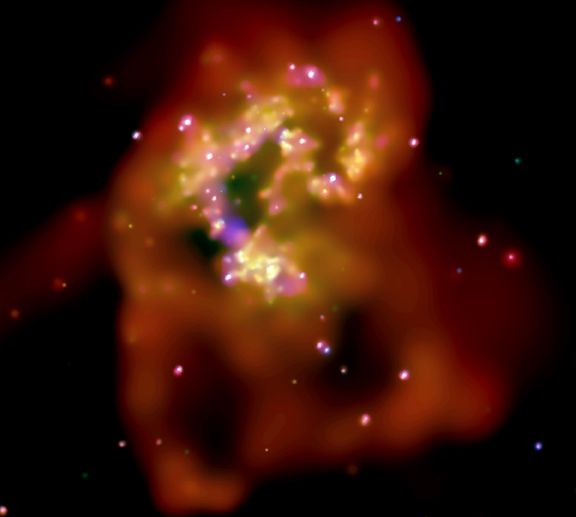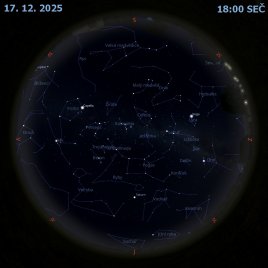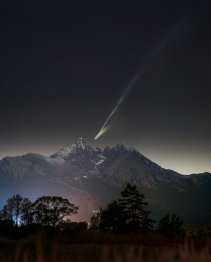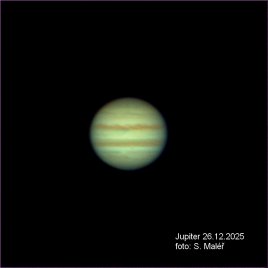Rentgenové záření z galaxií Tykadla

Uznání: G. Fabbiano (CfA) et al., CXC, SAO, NASA
Hejno černých děr a neutronových hvězd září jako jasné, skoro bodové zdroje proti bublinám plynu horkého milióny stupňů na tomto rentgenovém snímku ve falešných barvách z oběžné observatoře Chandra. The striking picture spans about 80 thousand light-years across the central regions of two galaxies, NGC 4038 and NGC 4039, locked in a titanic collision some 60 million light-years away in the constellation Corvus. In visible light images, long, luminous, tendril-like structures emanating from the wreckage lend the pair their popular moniker, the Antennae Galaxies. Galactic collisions are now thought to be fairly common, but when they happen individual stars rarely collide. Instead gas and dust clouds merge and compress, triggering furious bursts of massive star formation with thousands of resulting supernovae. The exploding stars litter the scene with bubbles of shocked gas enriched in heavy elements, and collapsed stellar cores. Transfixed by this cosmic accident astronomers watch and are beginning to appreciate the collision-driven evolution of galaxies, not unlike our own.
NASA Official: Phillip Newman Specific rights apply. NASA Web Privacy Policy and Important Notices
A service of: ASD at NASA / GSFC & Michigan Tech. U.
Odkaz na originální APOD


